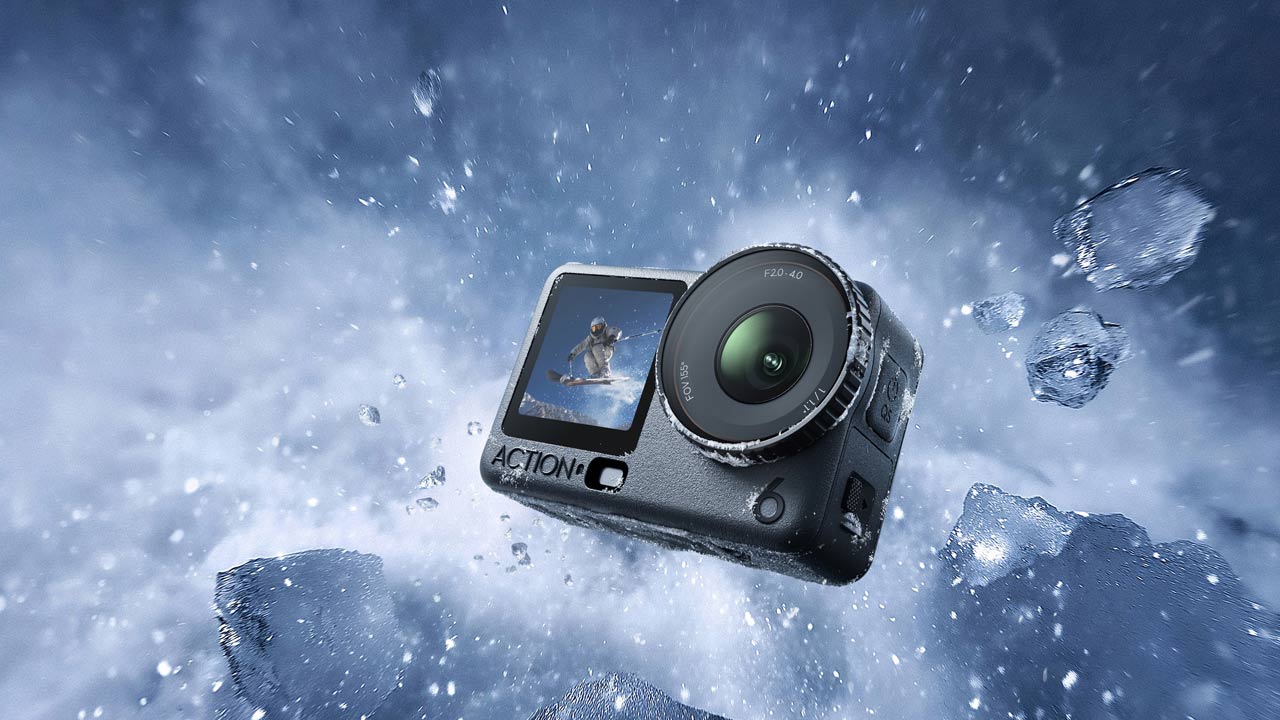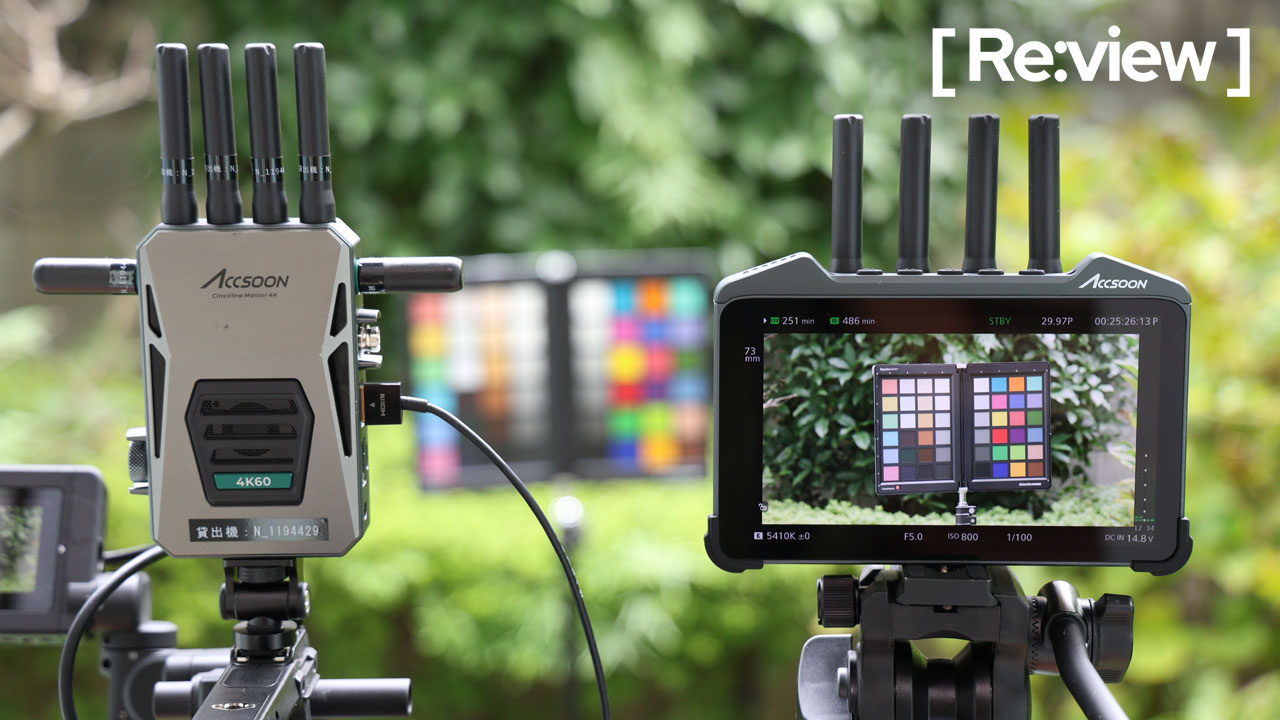Originally written in Japanese by Masahiro Fujikura

DJI Air 3S – A further evolution from Air 3
The DJI Air 3S is the successor model to the DJI Air 3, announced in July 2023, one year after the launch. At DJI, the Air series is positioned between the Mini and Mavic.
The previous model, the Air 3, was a mid-range model, but it was equipped with a dual lens, DJI’s new transmission method known as “O4”, and omnidirectional obstacle detection. It also had various intelligent functions such as focus track and quick shot, making it a very easy-to-use model for a wide range of users, from beginners to professionals.
Since the Air 3 was a highly refined product, I was very curious to see what updates had been made to its successor, the Air 3S.
With the change from the Air 3 to the Air 3S, the sensor size of the main (wide-angle) camera has increased from 1/1.3 inches to 1 inch, similar to the evolution from the Mavic Air 2 (1/2 inch) to the DJI Air 2S (1 inch).
It also features DJI’s first forward-facing LiDAR sensor, enabling omnidirectional obstacle detection during nighttime photography.
In this article, we will examine the performance of the improved camera in the DJI Air 3S, introduce the newly added forward-facing LiDAR sensor and other minor updates. We will also compare it with the current flagship model, the Mavic 3 Pro.
What’s In The Bag



Drone Camera
Like the Air 3, the Air 3S has a dual camera with a wide-angle lens with a focal length of 24mm in 35mm equivalent and a medium telephoto camera with a focal length of 70mm (3x compatible). The major updates from the Air 3 are as follows:
- Wide-angle lens sensor size has increased (1/1.3 inch to 1 inch)
- Recording in 10-bit 4:2:0 is possible even in normal color
- The upper limit of ISO sensitivity has been increased by one step (Normal color: 6400 ⇒ 12800, HLG/D-log M: 1600 ⇒ 3200)
- Supports 4K/60fps HDR and 4K/120fps video recording
Image quality
According to DJI’s press release, “With improved image quality thanks to 10-bit and ISO sensitivity, the Air 3S’s dual cameras can capture photos and videos with even greater detail than the current DJI Mavic 3 Pro. It also supports video recording with up to 14 stops of dynamic range, allowing you to capture high-contrast scenes in cinematic quality.” So how does it perform? Let’s compare the main camera (wide angle).
In normal color recording, the Air 3S is 10bit 4:2:0, while the Mavic 3 Pro is 8bit 4:2:0, so the Air 3S can record more color information.

When I actually took some photos early in the morning and compared the two, the Air 3S had clearer contrast and was definitely superior to the Mavic 3 Pro in terms of details in dark areas and tones in the sky.
Next, we compare the medium telephoto cameras. As with the wide-angle cameras, the Air 3S is 10-bit and the Mavic 3 Pro is 8-bit. However, both the Air 3S and the Mavic 3 Pro have the same 1/1.3-inch sensor.

Here too, the Air 3S has stronger contrast and produces a crisper image.
The wide-angle lens on the Air 3S has a smaller sensor size than the Mavic 3 Pro (Micro Four Thirds), but both lenses seem to produce excellent detail. These results show the evolution of DJI’s image processing software, allowing you to capture beautiful images regardless of sensor size.
Advantages of dual lenses
The advantage of adding a medium telephoto lens is that it enables image expression using parallax. It is interesting to see the effects that cannot be achieved with the standard 24mm wide-angle lens for drone aerial photography.
I recommend trying nose-in circles around your subject using a medium telephoto lens. The Air 3S is also beginner-friendly, as it allows you to easily control and shoot circles using the focus track function even with a medium telephoto lens.

*Click on the image to enlarge

*Click on the image to enlarge
Added front LiDAR sensor
The Air 3 was equipped with omnidirectional obstacle detection in bright places using vision and infrared sensors, but the Air 3S now features DJI’s first forward-facing LiDAR, making it possible to detect obstacles in all directions even during night flights.

This makes it possible for the RTH (Return to Home) function at night to detect and avoid obstacles that appear ahead at the return altitude using the LiDAR sensor. Since permission for night flights was not obtained in this review, we were unable to evaluate the performance, but it is appreciated that a function that reduces anxiety during night flights has been added. We hope that in the future the development of 3D scanning functions that utilize this LiDAR sensor will progress.
Various Updates to the 3S
Quick Transfer in Off State
Quick Transfer is a function installed in recent DJI drones that connects your smartphone or tablet to the aircraft via Wi-Fi and downloads shooting data at high speed. Previously, the aircraft had to be turned on in order to use this function.
However, the Air 3S can perform quick transfer even when it is turned off. If it has been less than 12 hours since the aircraft was turned off, you can wake it up from the DJI FLY app and access the data inside.

In the past, I have often had to turn off the aircraft after a flight, then turn it back on because I wanted to download the data to my smartphone right then and there. I think this is a very convenient feature.
However, one thing to note is compatibility with the Air 3 battery. The Air 3S can now use the Air 3 battery, but the quick transfer function when the power is off can only be used with the Air 3S battery.
Significant increase in built-in storage
The built-in storage capacity, which was 8GB in the Air 3, has now been significantly increased to 42GB in the Air 3S. Since DJI drones such as the Avata 2 and Neo released in 2024 have increased the built-in storage capacity compared to previous products, I think this will be the trend in the future.
The fact that it can last for half a day to a day of shooting even without a microSD card is a very welcome update for me, as I often forget my SD card when I go out to shoot.
10bit O4 video transmission to DJI RC2
DJI’s transmission technology is amazing, and the Air 3S’s latest O4 transmission technology makes it possible to transmit video at 1080p/60fps and 10-bit color at distances of up to 10km (20km for the overseas version).
I also learned recently that the DJI RC2 transmitter, which is compatible with the Air 3, Mini4Pro, and now the Air 3S, can output HDMI video from the USB Type-C terminal, something that wasn’t possible with the original RC.

With the Mavic 3 and other models, you couldn’t output HDMI unless you used DJI RC Pro, but it’s great that it’s possible with the cheaper RC2 model. The ability to output externally is a relief for professional users who need client monitors.
Also, this might allow for a higher level of live streaming using 10-bit transmission… or so I thought, but the only image that can be output from the RC 2 at the moment is the mirrored image from the transmitter (RC Pro can only output live view).
I hope that the live view output function will be released in RC2 in the future.

DJI Air 3S Ideal Userbase
The Air 3S has evolved so much that it is now close to the current flagship consumer aerial photography model, the Mavic 3 Pro.
Looking at the recent DJI product lineup, the latest Mini series model, the Mini 4 Pro, is compact and specializes in vertical video with a 90° movable gimbal. It also has the advantage of weighing just 249g, which is not subject to regulations in some overseas countries.
The latest Mavic series, the Mavic 3 Pro, is equipped with a triple lens, wide-angle lens with a Micro Four Thirds sensor. The Cine model also supports ProRes recording and 10-bit 4:2:2 color.
Currently in Japan, there are no cameras that are exempt from aviation regulations like the Mavic Mini, so the Mini series is aimed at users who want portability and a certain level of high image quality.
If you have to go through the aviation law procedures anyway, users who care about image quality may have more merit in choosing the Air series. In this test, I felt that the Air 3S was quite close to the image quality that the Mavic 3 Pro excels at (or even surpasses it in some areas).
And yet, the price is reasonable, about half that of the Mavic 3 Pro. I think the Air 3S is a drone that will suit users who want to focus on aerial photography and want quality but want to keep costs down.
Written originally in Japanese by Masahiro Fujikura | Profile
Drone operator living in Niigata Prefecture. Representative of NK2-Tech Co., Ltd. Currently distributing information for drone beginners as a YouTuber “NANKOTSU.”












